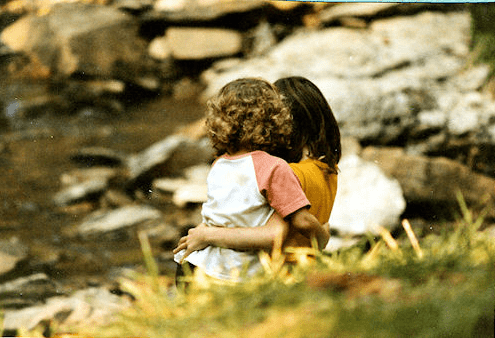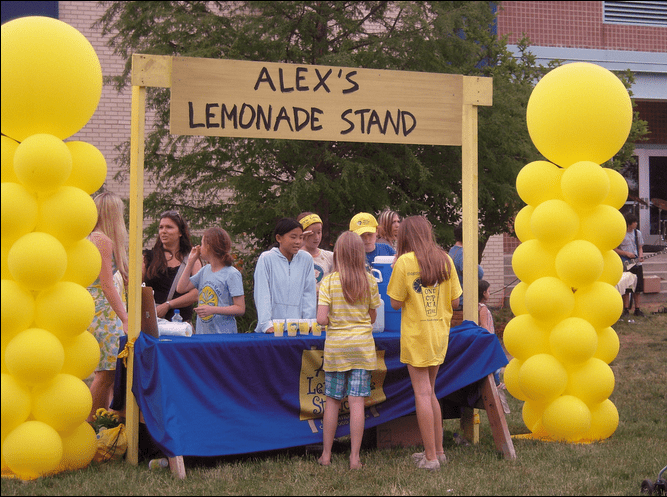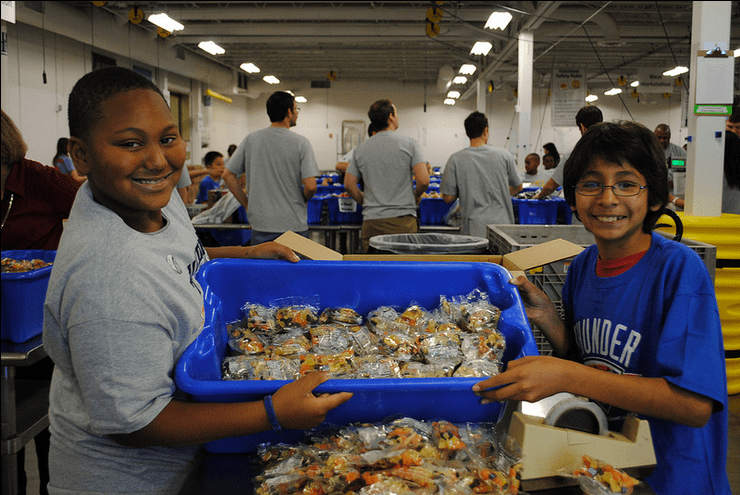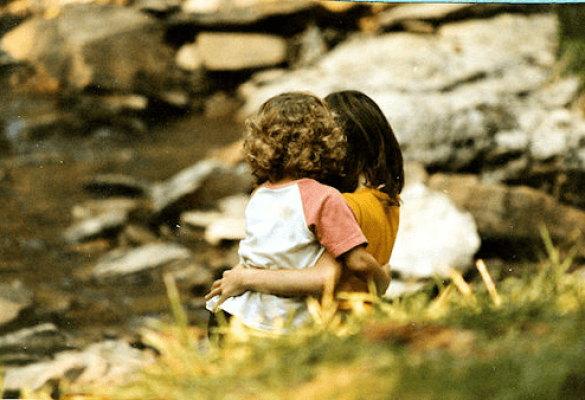Every day on the news there is another sad story.
Families put in devastating situations, children being abused or disposed of like some sort of unwanted possession, and even more horrifying stories that needn’t be repeated.

How do you explain tragic events to your children?
We hold our children’s hands, attempt to catch them every time they fall, but we’re not always going to be there. Try as we might, there’s no way to shield children from the world–cruel as it may be sometimes.
Remain Calm
Keeping calm will show kids that everything will be okay in the end. Talking about the tragedy will help children process what has happened. Staying calm and maintaining normal routines will help reassure kids of their safety.
Behind every tragedy is a lesson in compassion.
Instead of allowing tragic news to bring your children down, let it bring to light a desire to help those in need. Volunteering and donating is empowering and will help kids feel like they have made a difference in the world.
Here’s a few ways how kids can help families in need:
Write a Thank You Letter
Police, firemen, nurses, and all first responders in a disaster are everyday heroes who don’t get thanked enough.
Encourage your child to write a Thank You letter and mail it to the organization.

Sign a Petition
Petitions are a great way to show how democracy works and how social and political change can happen even by doing something that seems minor as adding a name to a list.
Have a Fundraiser
It doesn’t have to be a big production, because big things start small after all. Have a lemonade stand or bake sale and donate the proceeds to The American Red Cross, Salvation Army, or another crisis center.
ActivityHero can also help organizations with fundraising. By signing up for a class or camp, your organization can earn $5 per registration. For more details, read here.
Get Involved Locally
Every single person makes a difference. And if every person makes a positive difference, think of the impact it would make on the world.
While kids can’t necessarily save the world as they may wish, they can always help those in need.
Encourage kids to participate in a canned food drive or volunteer their time at a local shelter. Every little bit helps.

Donate Goods
That old pair of blue jeans collecting dust in your child’s closet could be the only pair of warm clothing to a child in need. An outgrown pair of boots might mean that a child somewhere doesn’t have to go barefoot.
Teach your children the power of donation and giving to those in need, and encourage them to donate the things they no longer need. Salvation Army is a great resource for donations, especially in times following natural disasters.
What are some more ways kids can help in the face of tragedy?
Written by Sarah Antrim

















